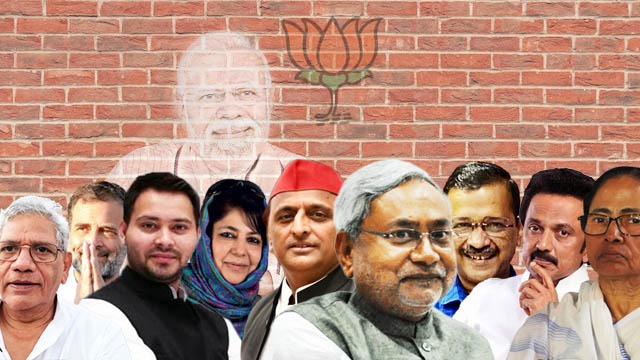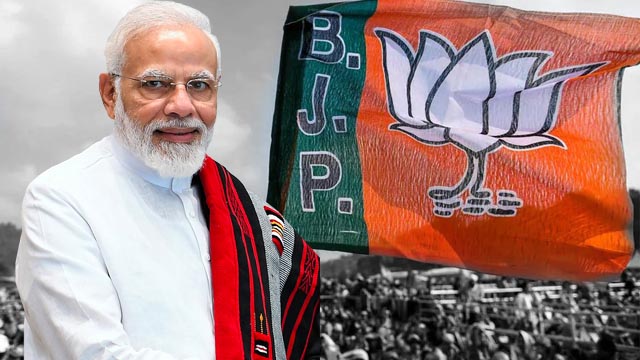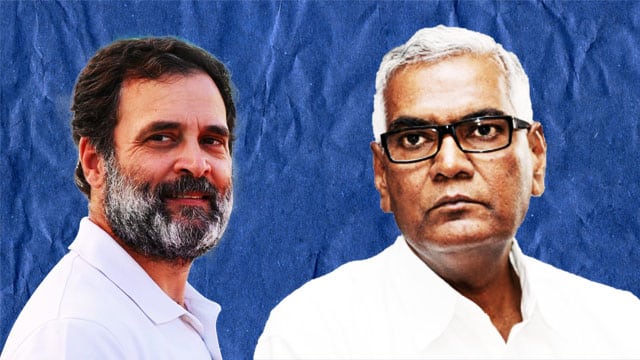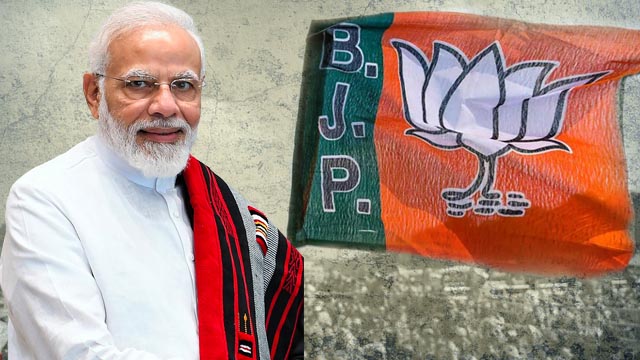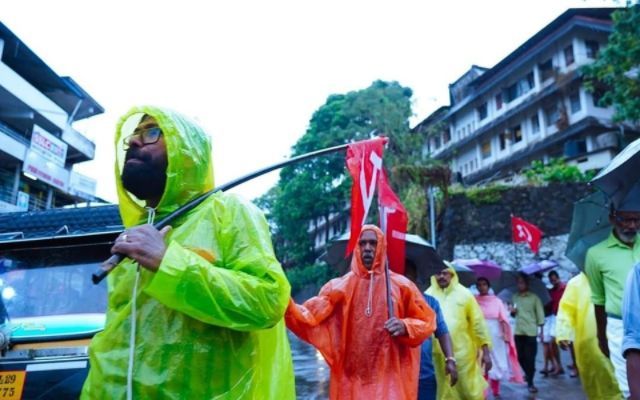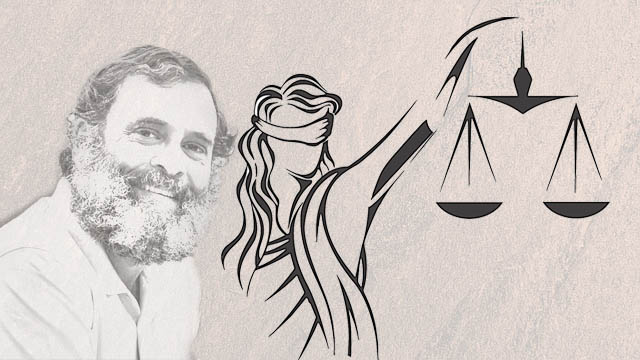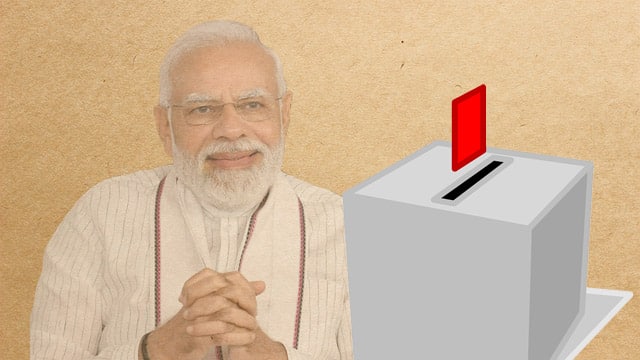Bihar Chief Minister Nitish Kumar has stepped up attempts to show that the Opposition is united to compete with Prime Minister Narendra Modi’s Bharatiya Janata Party (BJP) in the 2024 Lok Sabha elections. A plethora of opposition figures from close to 20 parties attended Kumar’s mega Opposition summit in Patna on Friday, June 23rd.
Kumar, who reportedly aspires to fill his late mentor Jayaprakash Narayan’s (JP) shoes, hosted this meeting in an apparent bid to stitch an alliance against the BJP following the template used in the mid-1970s.
Patna and the JP-led anti-emergency movement played a significant role in ousting former prime minister Indira Gandhi-led Congress (I) government in 1977.
However, unlike the experiment in the 1970s, which fell apart in the early 1980s, Kumar’s attempt on Friday has been considered toddler steps towards a significant goal.
Although the mega Opposition meeting can be seen as the beginning of what might lead to a coordinated resistance to the BJP’s apparently invincible juggernaut in 2024, a similar exercise before the 2019 Lok Sabha elections —when Kumar’s Janata Dal (United) [JD(U)] was an ally of the BJP— didn’t achieve any success.
The united Opposition in 2019 failed to stop the BJP’s landslide victory under Modi due to the inherent contradictions within the camp and a lack of a strong narrative against the BJP.
The BJP managed to utilise the fissures within the Opposition as it won 303 Lok Sabha seats in 2019 – 21 more than its 2014 tally. Without a clear “one seat, one candidate” formula in as many seats as possible, it won’t be possible for the Opposition to offer a potent response to the saffron party even in 2024.
In 2019, the BJP won 141 seats, or 71% of the seats it contested, in the Hindi heartland, with more than 50% of the vote. The party significantly increased its vote share vis-a-vis the 2014 Lok Sabha elections by allegedly using hyper-nationalist propaganda and Islamophobic narratives.
The BJP’s principal opponent, the Indian National Congress (INC), couldn’t make a difference in 2019. The INC could only win 52 seats with a 19.46% vote share and failed to have any impact in the Hindi heartland as well as in Modi’s home state Gujarat.
Before 2024, at least in the present time, the “one seat, one candidate” experiment appears impossible due to the contradictions between the various parties in the Opposition, especially due to the tussle of several parties with the INC.
The INC has locked horns with Delhi’s—and Punjab’s—ruling Aam Aadmi Party (AAP). The INC has not supported the AAP over the Union government’s recent controversial ordinance that overturned a recent Supreme Court verdict, which granted the Arvind Kejriwal-led Delhi government control over the city-state’s bureaucracy.
The INC has been reportedly suffering due to the ambitious ventures of the AAP. Kejriwal’s party snatched Punjab, one of the few states that the INC was ruling, during the assembly elections last year.
In West Bengal, the INC is in alliance with the Left Front led by the Communist Party of India (Marxist) [CPI(M)] against the ruling Trinamool Congress (TMC) government of Chief Minister Mamata Bandopadhyay.
The West Bengal chief minister had little support from the INC when she called a conference of the Opposition last year to forge an agreement on a joint candidate for the Presidential elections.
Moreover, her TMC recently weaned away the sole INC legislator Bayron Biswas, three months after he won from the Sagardighi Assembly seat in a by-poll, which sparked fresh verbal spats between both parties.
Sagardighi’s by-poll was a major setback for the TMC and called into question the notion that Muslims favour the party in West Bengal.
While the INC and the Left Front under the CPI(M) are in alliance in West Bengal and BJP-ruled Tripura, they are bitter rivals in the state of Kerala.
Similarly, despite not being a part of the BJP-led National Democratic Alliance (NDA), the Bharat Rashtra Samithi (BRS) of Telangana, Biju Janata Dal (BJD) of Odisha, Bahujan Samaj Party (BSP) of Uttar Pradesh and Shiromani Akali Dal (SAD) of Punjab didn’t join the Opposition’s endeavour.
Given the past conflict between the INC, TMC, and AAP, Delhi and West Bengal are viewed as the main obstacles to Opposition unity.
In states where numerous opposition parties have significant stakes, such as Jharkhand, Kerala, and Uttar Pradesh, it is still unclear how seat-sharing agreements would be implemented. These States collectively represent 130 Lok Sabha seats.
Kumar, however, has been given the challenging responsibility of persuading the other parties, which is why he is emerging as the Opposition’s focal point.
However, although Kumar managed to reunite with his former bete noire Lalu Prasad Yadav of the Rashtriya Janata Dal to form a government in Bihar after ditching his former partner BJP for the second time, the experiences of 2019 still pose a major challenge before the fractured and ailing Opposition – can it stop the BJP’s triumphant march in 2024? Or will it vanquish forever?
Shreya is a committed journalist who takes pride in her work. She aspires to be a political analyst in her journalism career. When she is not working, she indulges in reading, especially non-fictions.

